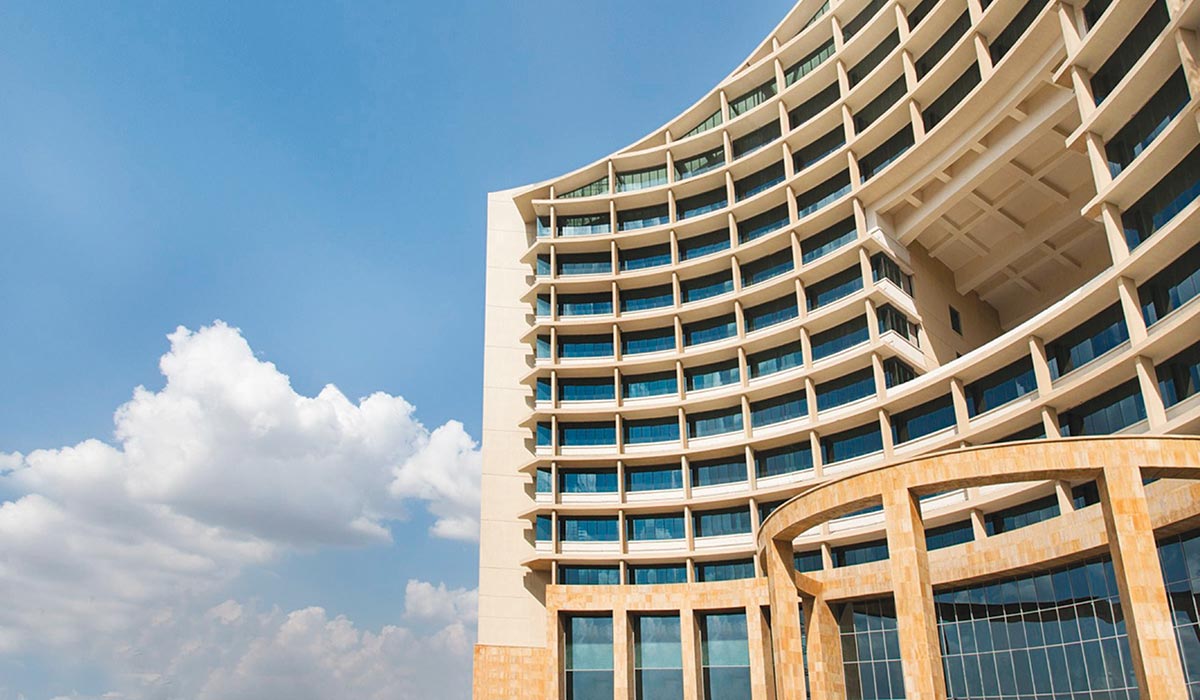
The Green building movement has since come a long way; it has now become a widely accepted, aspired and practiced part of built-environment designs. Interestingly, the embrace of the technology-driven movement coupled with the ever so old Indian sensitivities to passive environment-friendly measures has made it a truly Indian movement.
The initial reluctance towards investing in green buildings stemmed from the attitude that comes with the classical cost to benefit approach that the building industry has. As a result, the first segments of building industry that opted for sustainable technologies were the ones where the builder was the end-user: Corporate and later, Hospitality. These were the people who looked at reduction in operating costs as lucrative offset to the additional initial installation costs.
 LEED Gold rated Cyberwalk, Manesar
LEED Gold rated Cyberwalk, ManesarThe spread and mass adoption of sustainability started to happen when the incentives were announced by the government, in the form of additional buildable area for green buildings. It is then that green building movement started its metamorphosis from a social cause to a financially sound strategy.
The road blocks that still remain are issues pertaining to transparency while dealing with the regulatory authorities, multiplicity of approvals, and often over-lapping roles of monitoring and regulatory bodies. The model building by-laws recently released by the Central government are a step in the right direction, wherein, the green building approvals are combined with the municipal approvals.
Strong will is also needed from the end-user and developer segment to consciously understand the intrinsic costs of avoiding sustainable technologies and materials. To that end, media also needs to fulfill its part by highlighting the benefits of choosing to go green, not just because it’s fashionable to do so but because earth is the only home that we all have.
The model building by-laws recently released by the Central government are a step in the right direction, wherein, the green building approvals are combined with the municipal approvals
I admire...
India Habitat Center is one intrinsically green project by Joseph Allen Stein. It’s from an era when the technology driven green building movement had not become a norm, and architects relied upon their climatology awareness to design buildings which responded to environment and created habitats and work-spaces which were alive, adaptable and timeless….characteristics all too visible in IHC.















